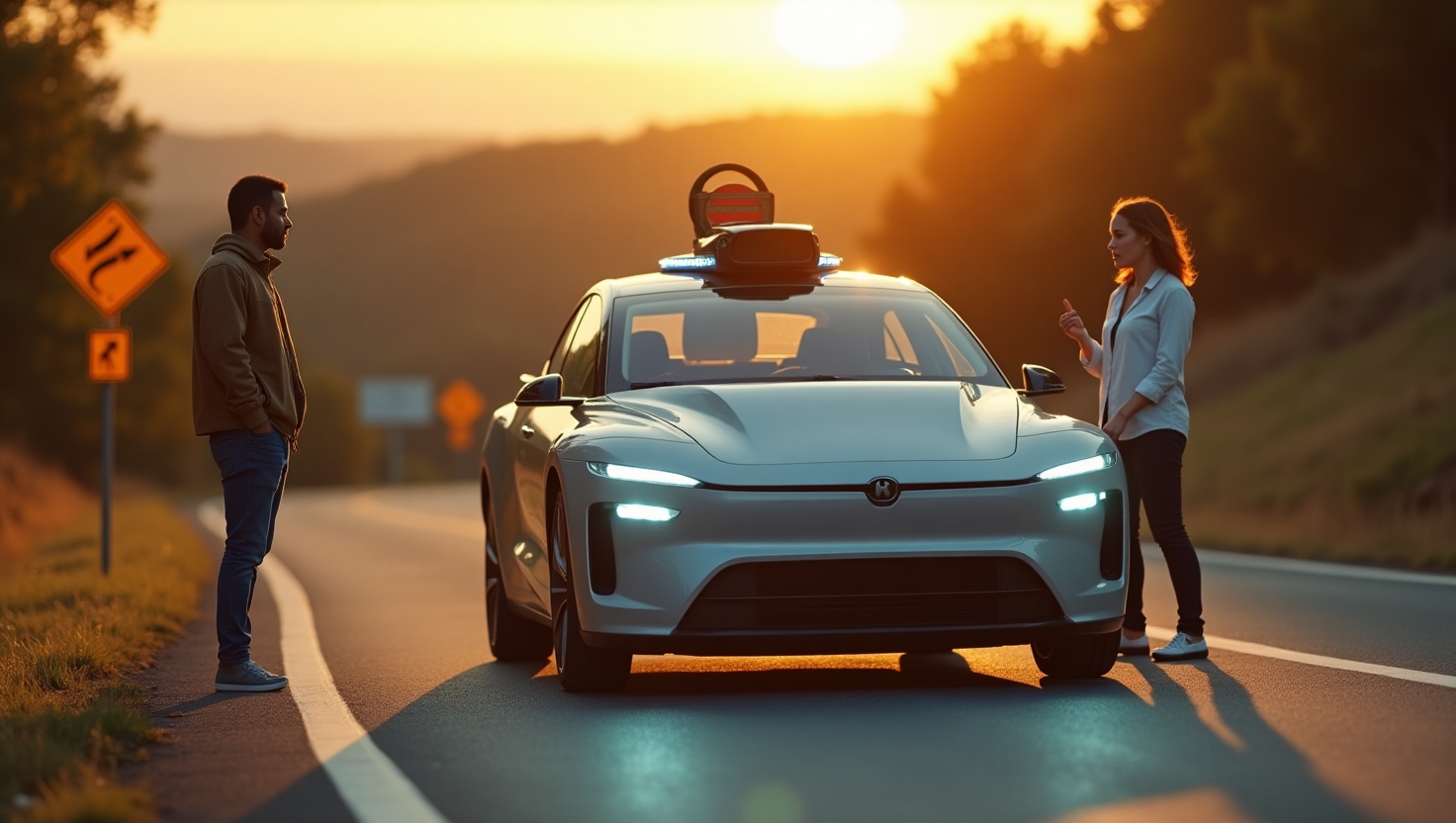Understanding AI Road Safety Regulations: The Future of Autonomous Vehicles
Introduction
In today’s fast-evolving technological landscape, AI Road Safety Regulations have emerged as a pivotal aspect of ensuring public safety as self-driving cars become more prevalent. The integration of AI in transportation promises significant benefits, such as reduced accident rates and improved traffic management. However, these advancements come with their own set of challenges, particularly the need for comprehensive safety protocols governing autonomous vehicles. As AI continues to enhance road safety, the regulatory framework serves as a safeguard, ensuring technology is deployed responsibly.
Background
The regulatory landscape for autonomous vehicles is a patchwork of rules and guidelines that vary significantly across regions. In the United States, the National Highway Traffic Safety Administration (NHTSA) sets the tone for federal regulations, yet states retain the authority to establish their guidelines. Europe, in contrast, leans towards harmonized regulations across member states, emphasizing data privacy and interoperability.
Key stakeholders in the regulatory process include tech giants like Tesla and Waymo, who strive to innovate within a well-defined framework, as well as government agencies seeking to protect public interests. Advocacy groups play a crucial role, too. For instance, Safe Autonomous Vehicles Everywhere in the United States (SAVE-US) is pushing for stricter AI regulations and greater transparency from tech developers. They argue that without robust guidelines, companies may compromise safety for competitive advantage (read more).
Trend
Recent years have seen a substantial uptick in the demand for stringent safety regulations surrounding AI in road safety. In the United States, both federal and state governments are increasingly advocating for transparency from technology companies like Waymo and Tesla. The trend is mirrored in Europe, where governments demand comprehensive data sharing to evaluate the safety and reliability of autonomous systems.
Failures and accidents, such as those associated with Tesla’s self-driving features, have intensified scrutiny and calls for tighter regulations. This has prompted a move towards mandating multiple sensors and clearer disclosures about technology limits. Companies are finding it challenging to navigate this terrain, balancing innovation with regulatory compliance. Waymo’s expansion into international markets, launching a robotaxi service in London by 2026, exemplifies how companies are adapting and aligning with diverse regulatory expectations (source).
Insight
Experts and advocacy groups offer valuable insights into the ongoing effectiveness of AI safety regulations. They highlight the necessity for utilizing diverse sensor arrays to enhance safety and reliability. As Shua Sanchez from SAVE-US notes, even dominant players like Tesla are not immune to regulatory challenges. This emphasizes the need for a universal framework that prevents companies from skimping on safety in pursuit of innovation.
For instance, employing multiple sensors in self-driving systems could be compared to having a team of spotters in a control tower guiding a crucial landing. Each sensor contributes unique data, ensuring that the vehicle has a comprehensive understanding of its surroundings, ultimately leading to safer navigation.
Forecast
The next five years will likely witness a transformation in the regulatory landscape of AI road safety. AI regulations are expected to become more unified globally, facilitating easier compliance for tech developers. There might be increased collaborations between tech companies and regulatory bodies, aiming to cement best practices into legally binding standards—ensuring safety remains paramount.
As tech companies like Tesla and Waymo continue to roll out driverless cars, the focus will shift towards more proactive governance. Expect regulatory agencies to continue the push for transparency, demanding exhaustive data to preemptively assess risks, thus safeguarding public welfare.
Call to Action
It is imperative for stakeholders at all levels—be they policymakers, tech developers, or consumers—to remain well-informed and engaged with ongoing AI road safety regulations. Supporting involved advocacy groups like SAVE-US can lead to more responsible tech innovation. For those interested, further reading and engagement can be facilitated through resources like SAVE-US’ campaign website and Waymo’s future initiatives (learn more).
As we edge closer to a future dominated by autonomous vehicles, understanding and participating in the dialogue surrounding AI regulations will be crucial in ensuring that this technological shift remains a secure and beneficial evolution for all.
